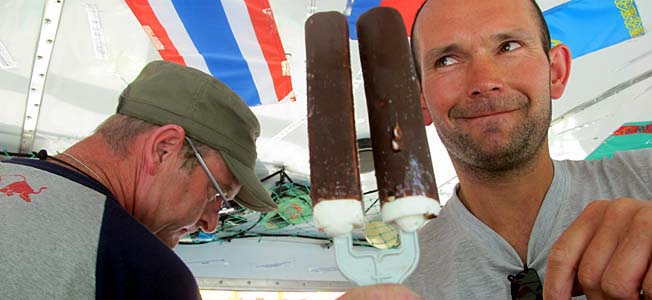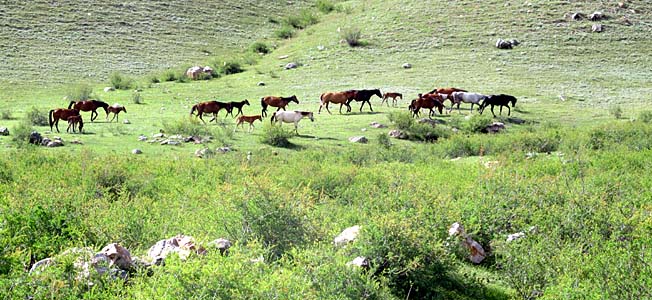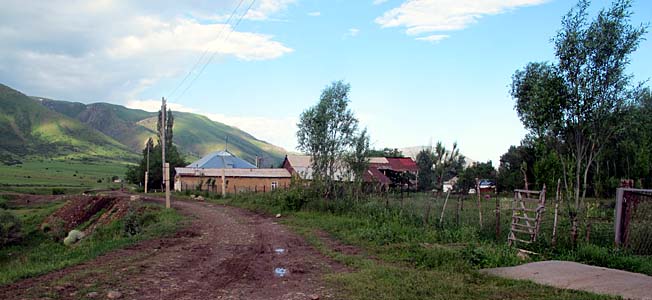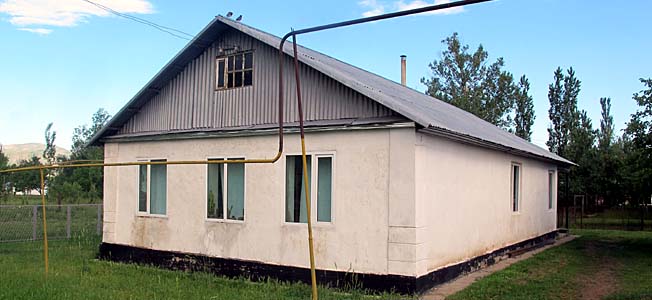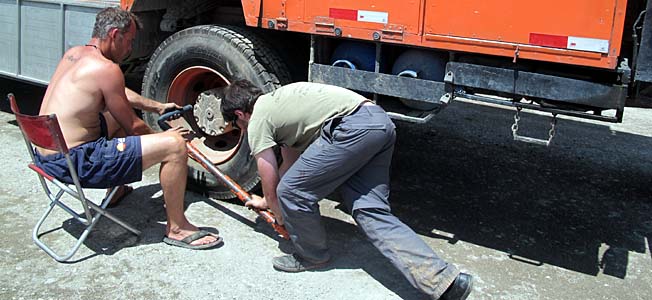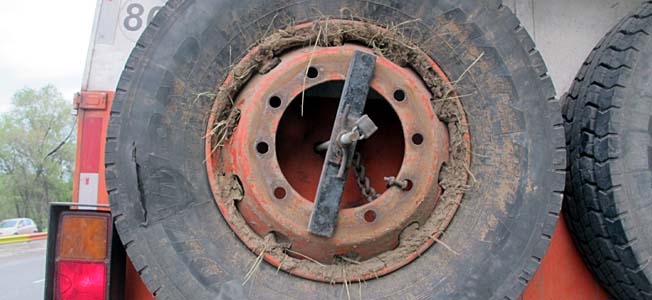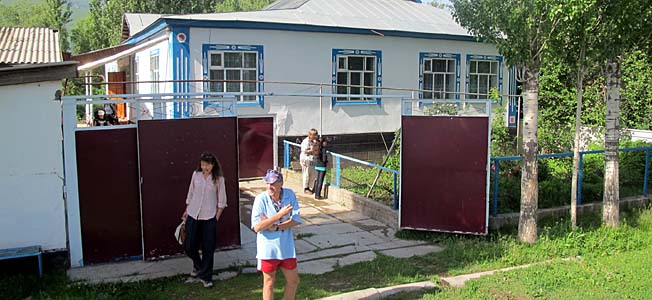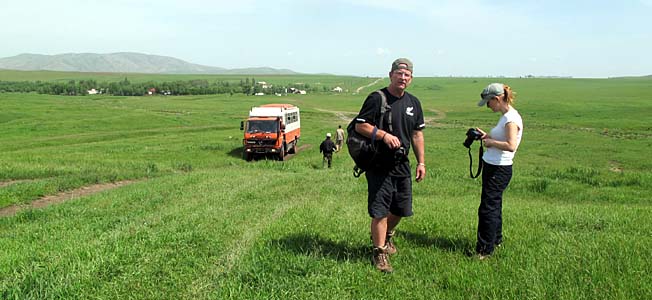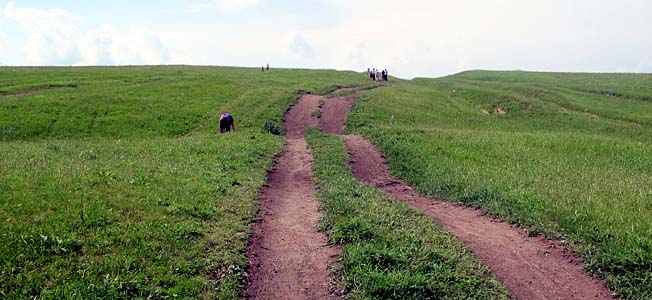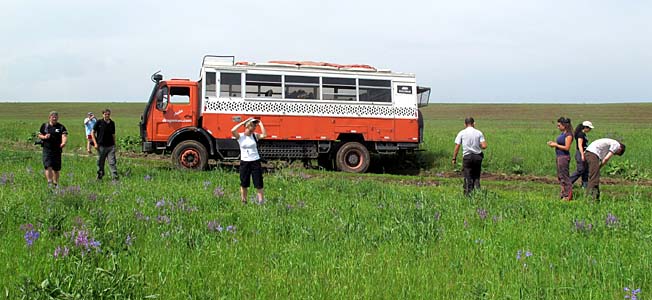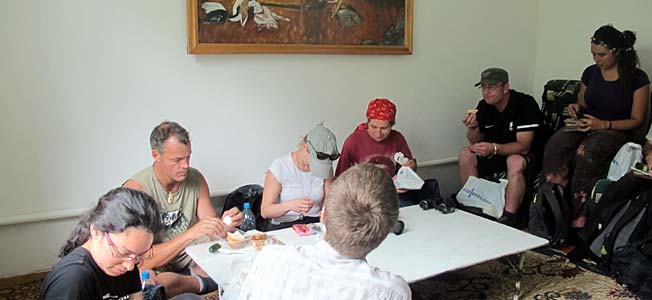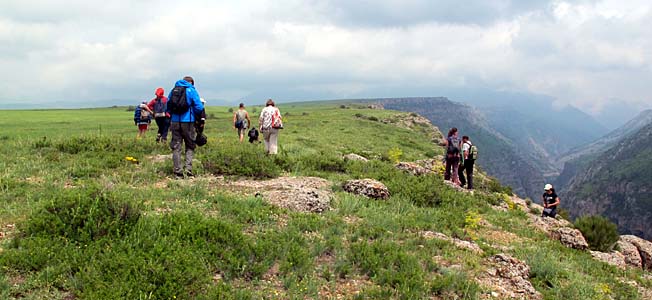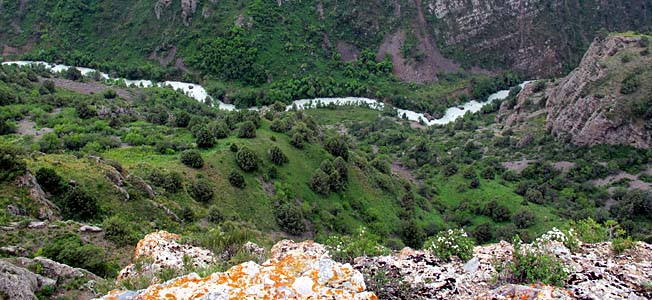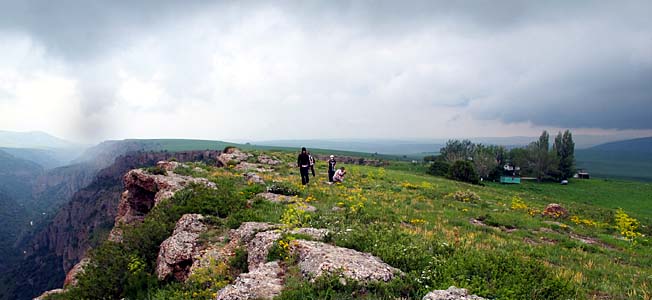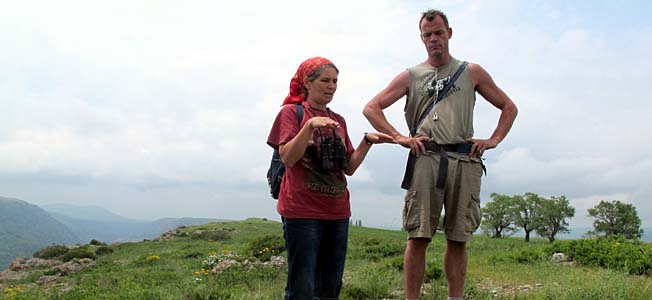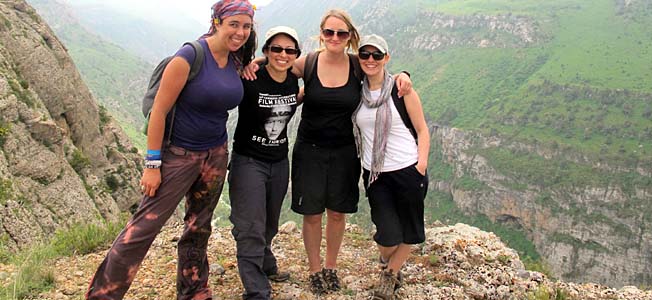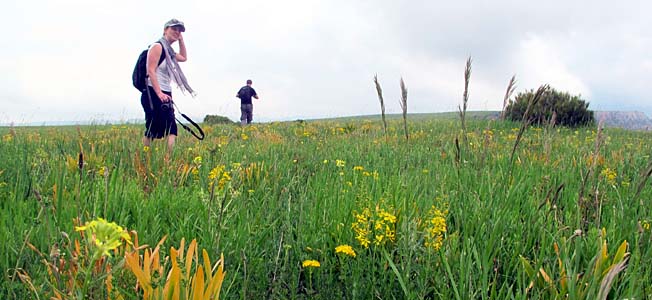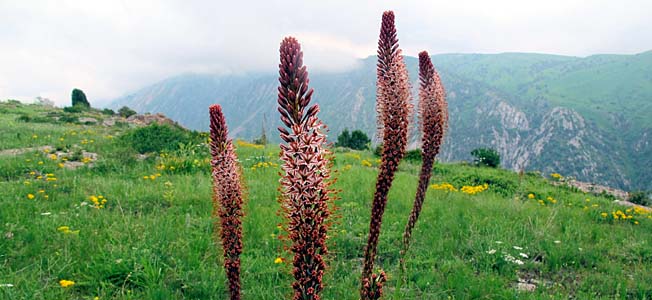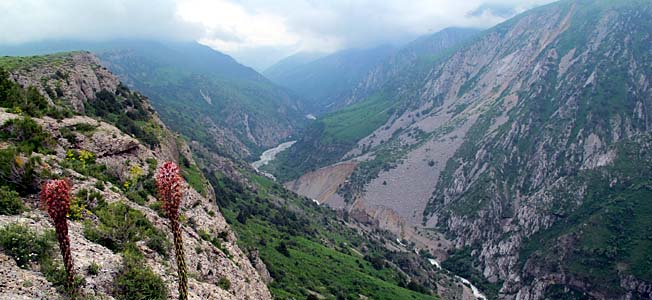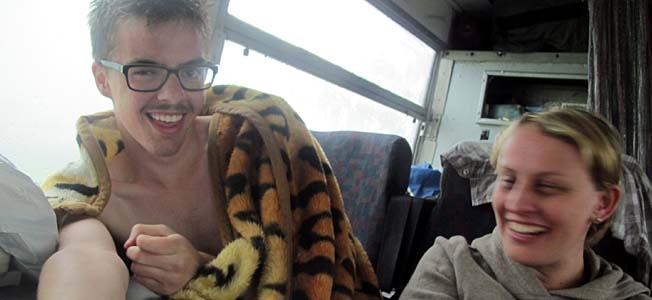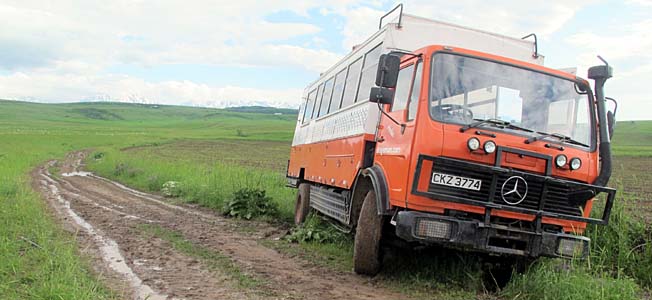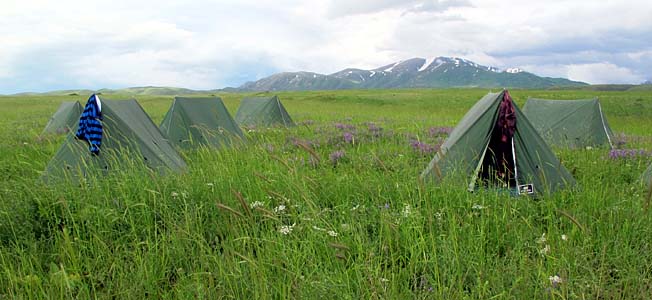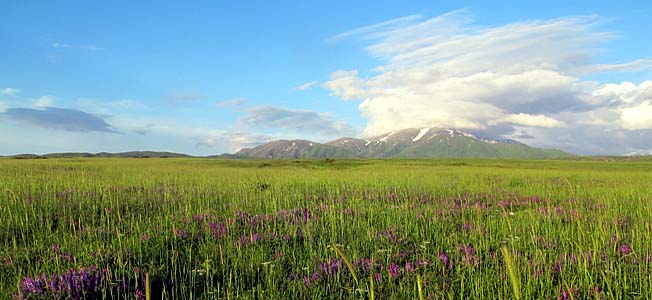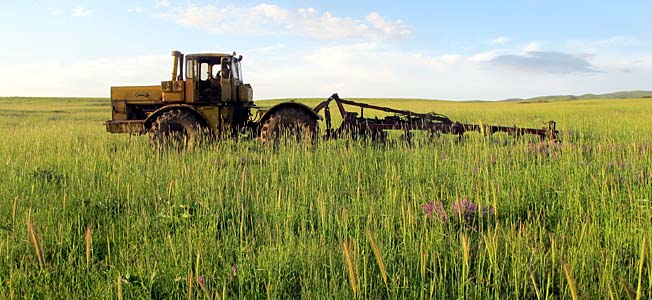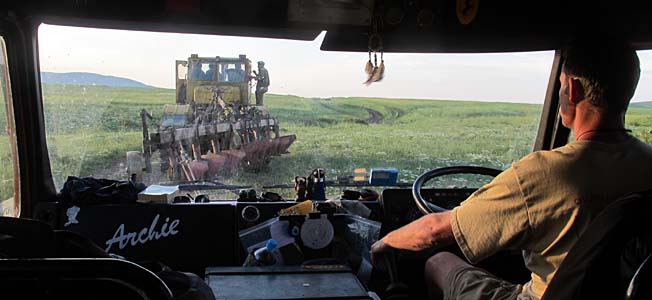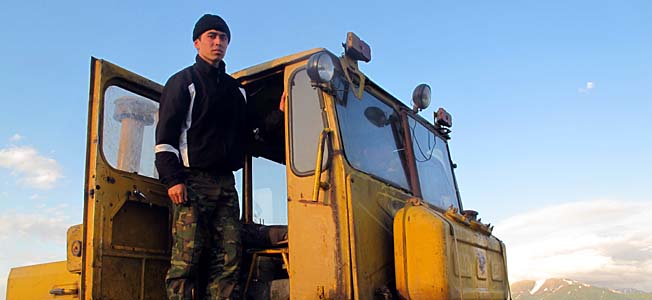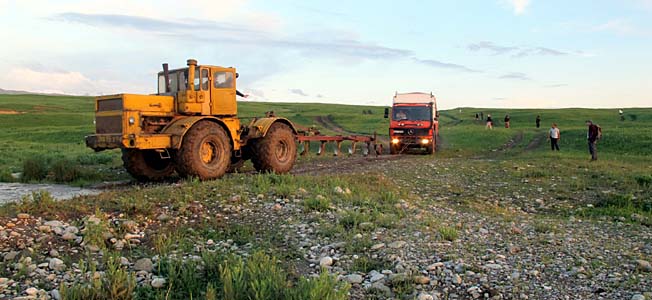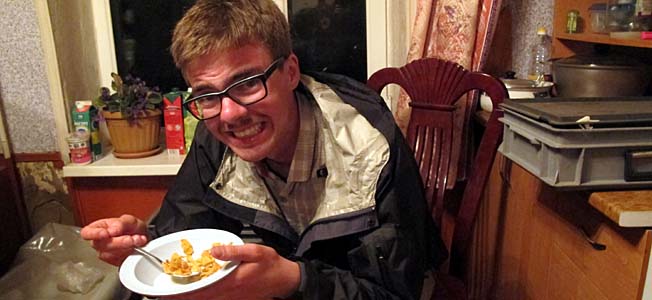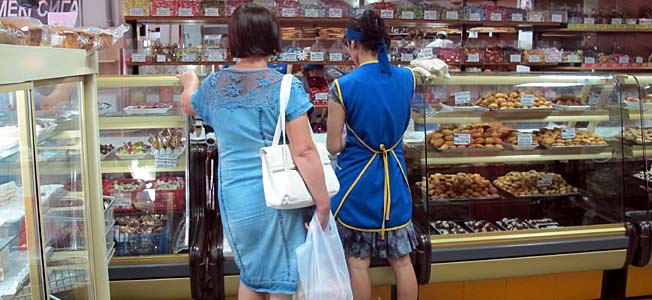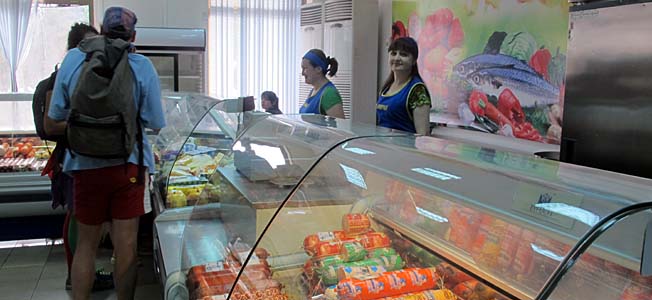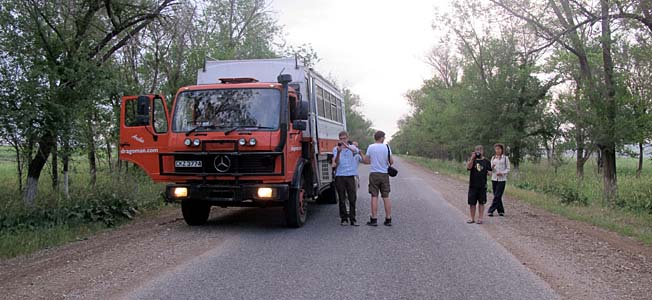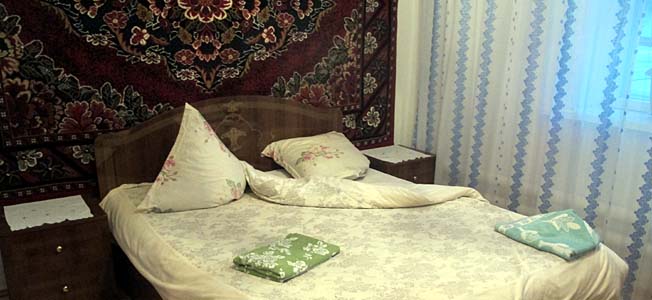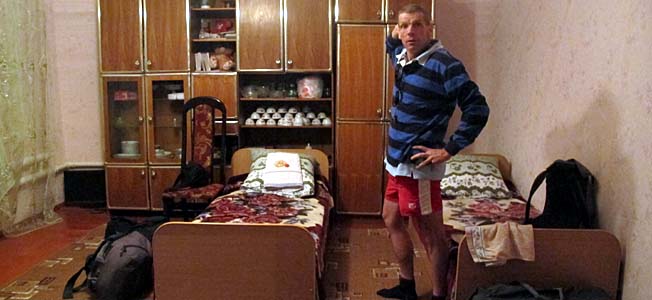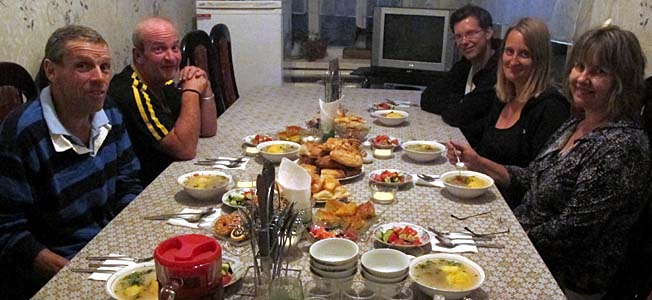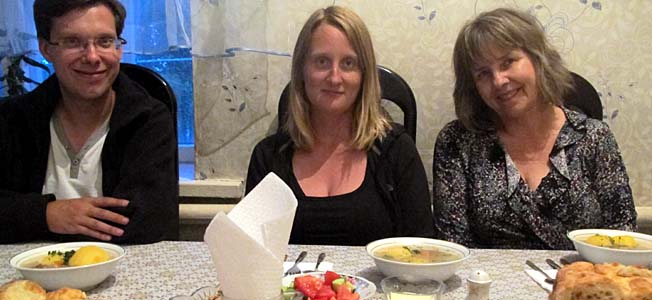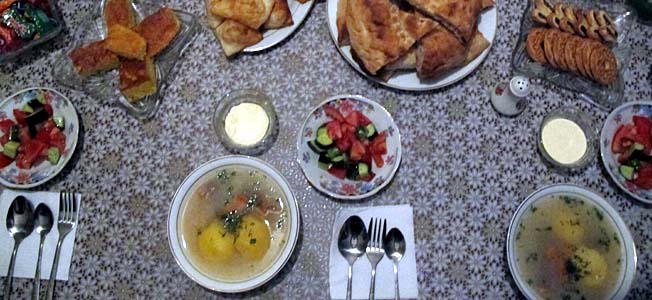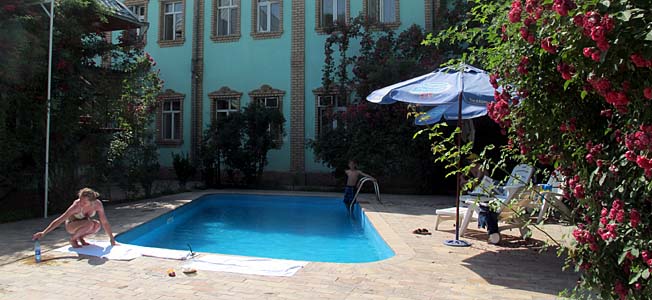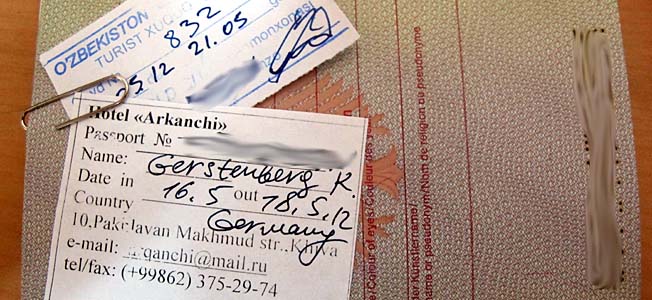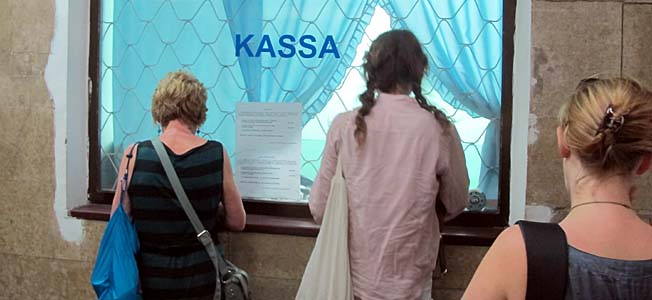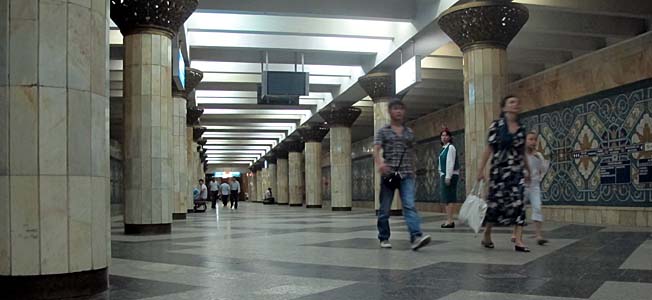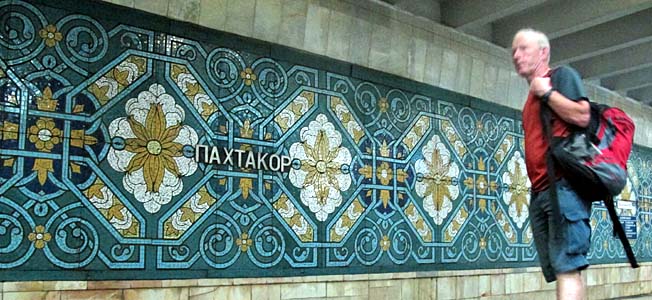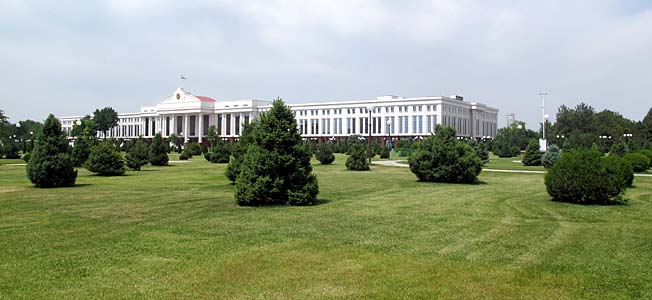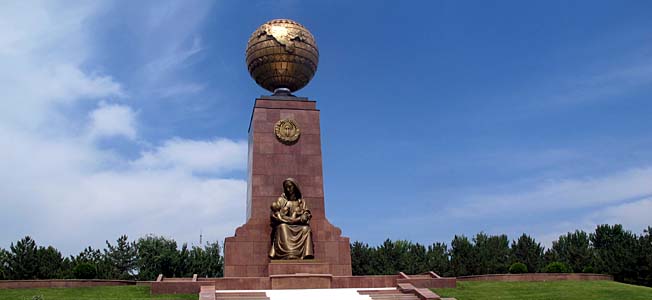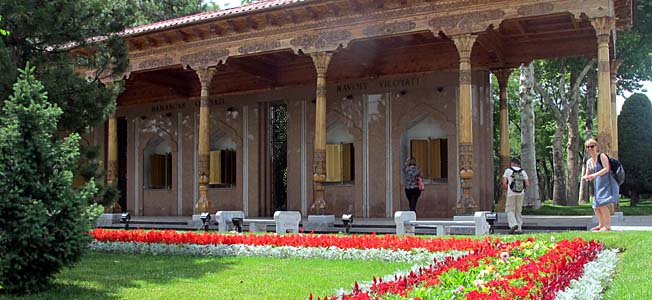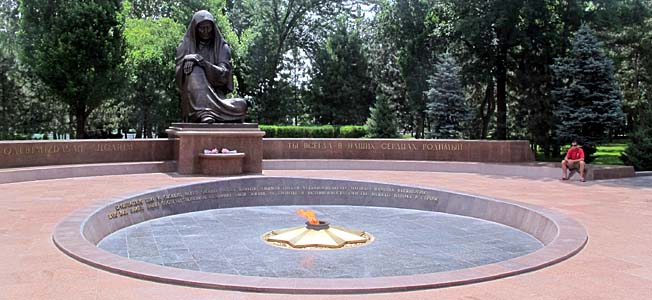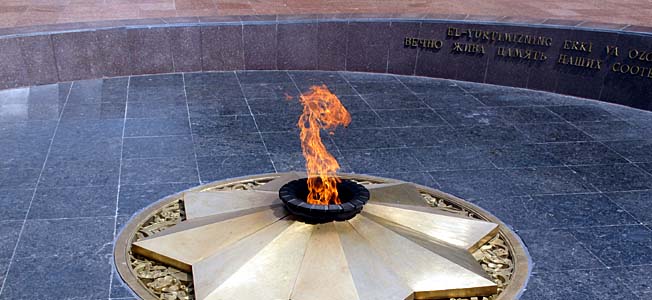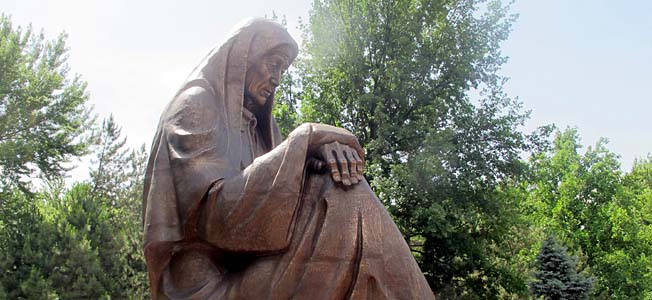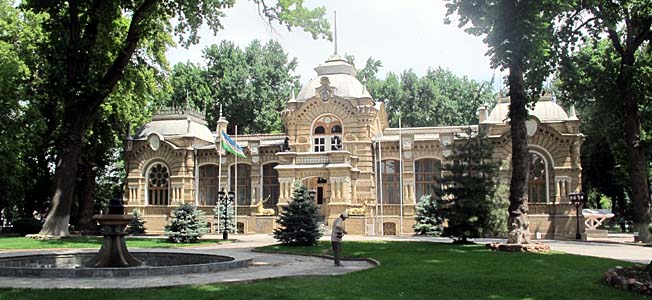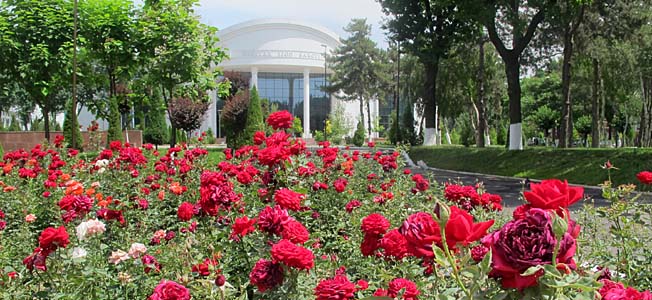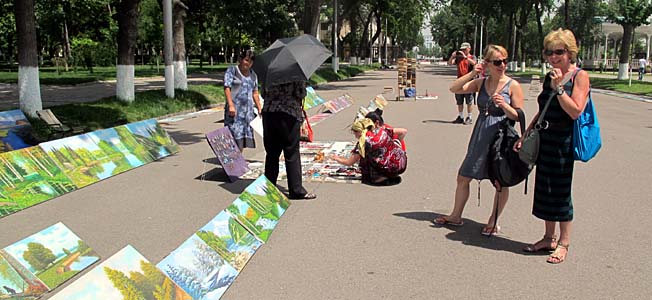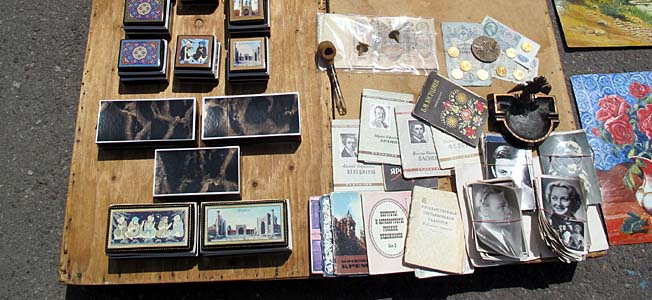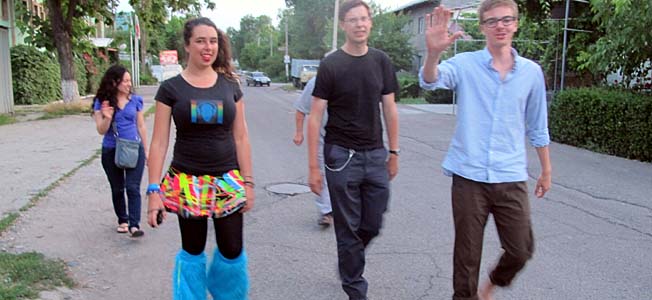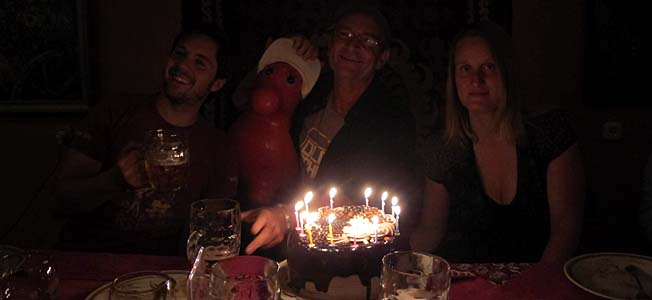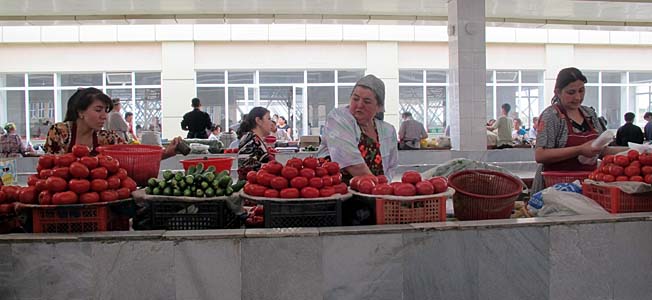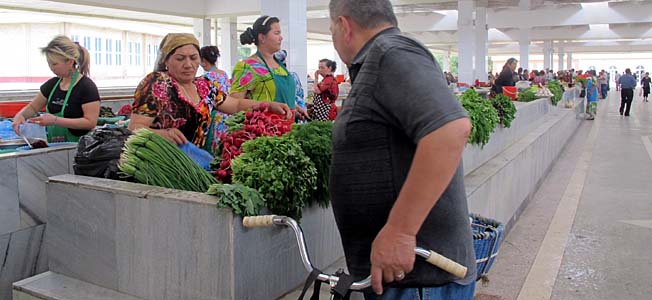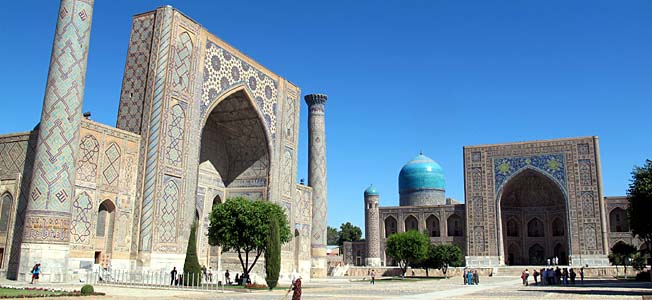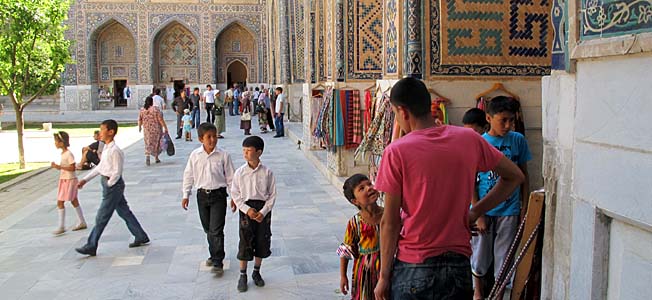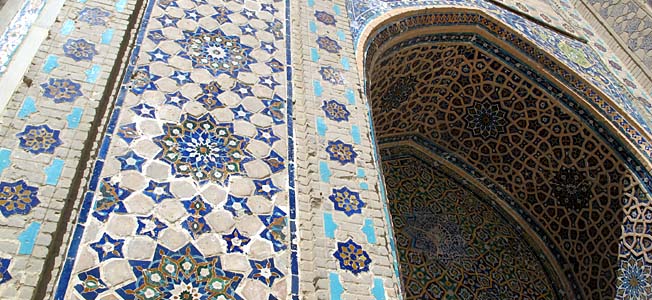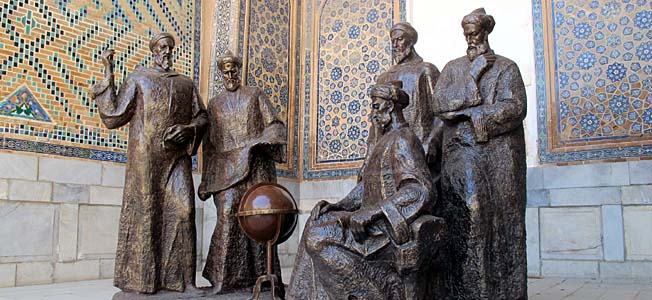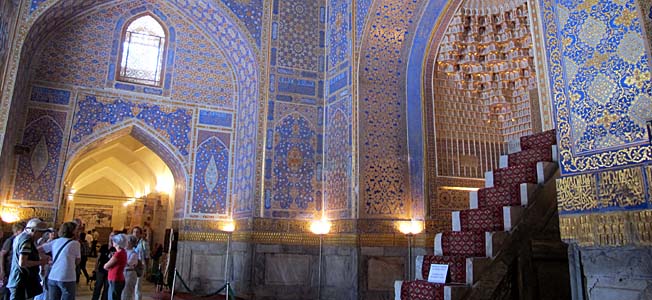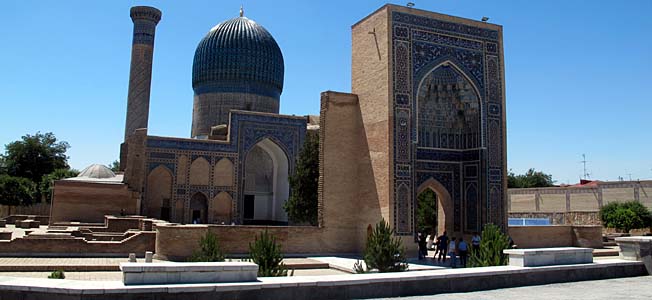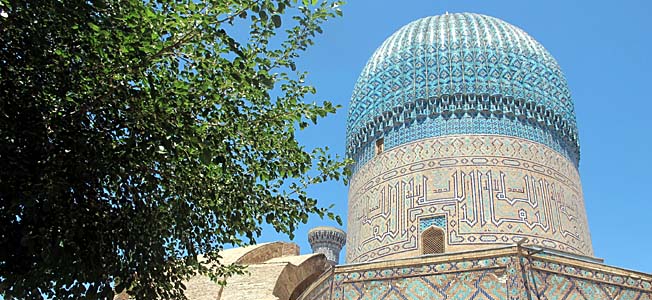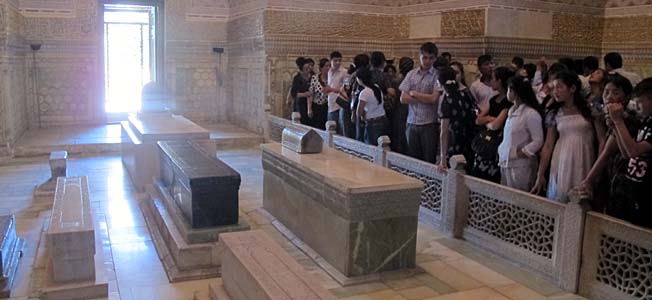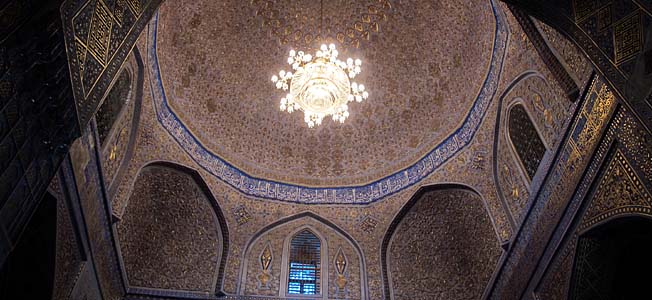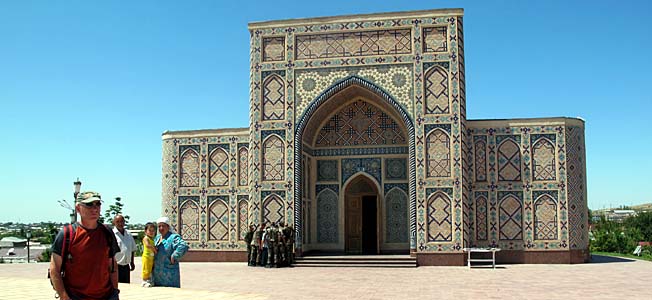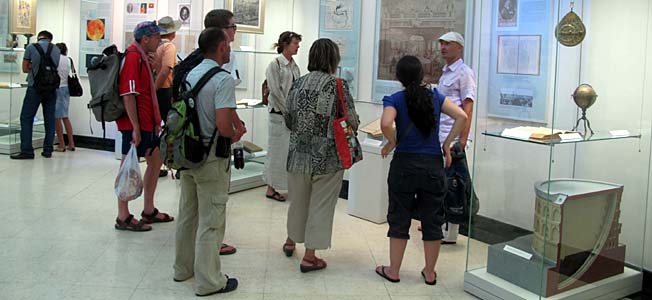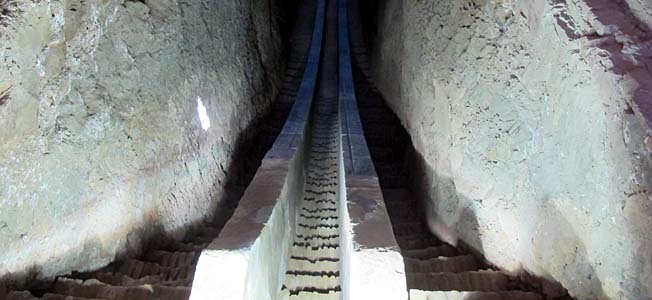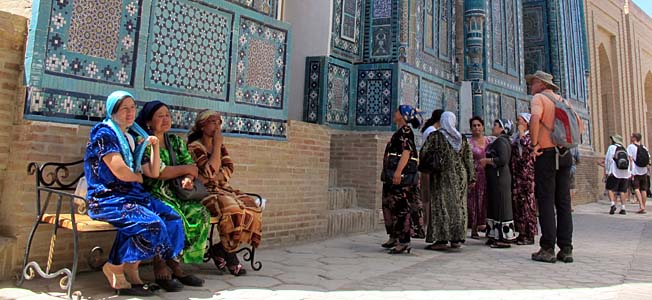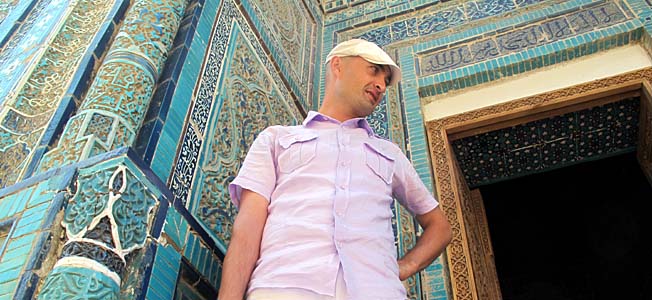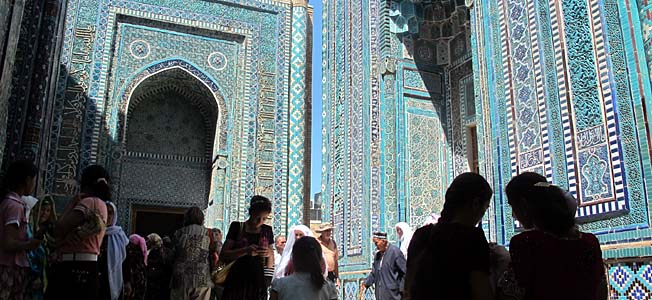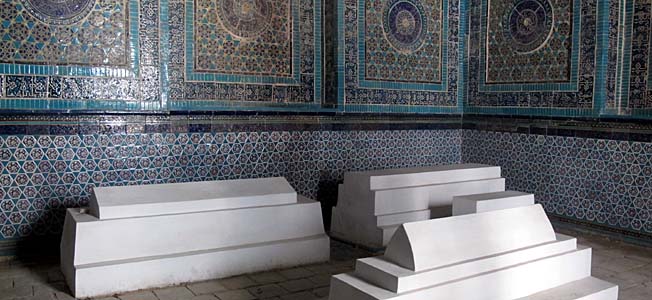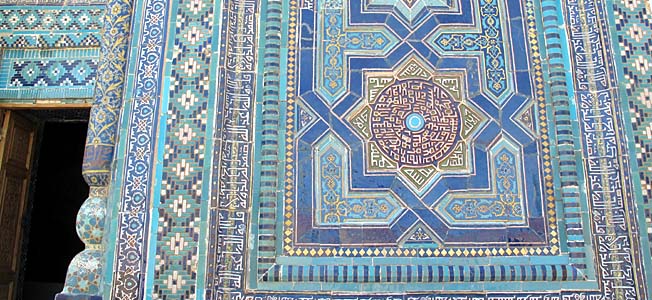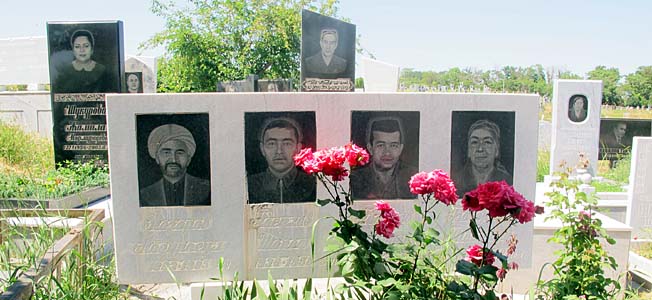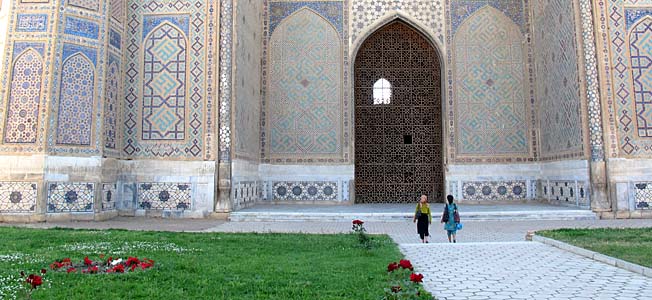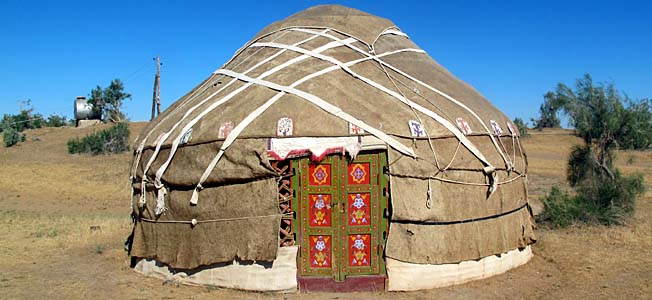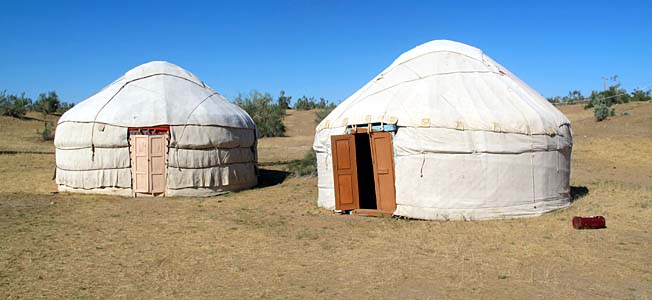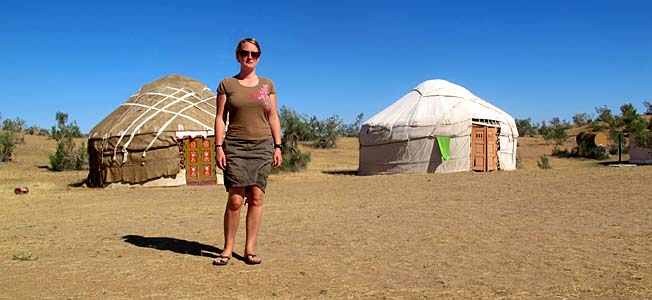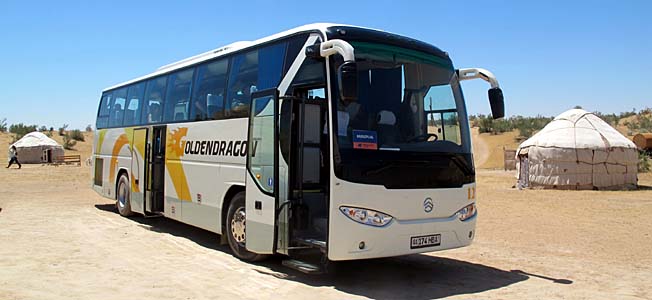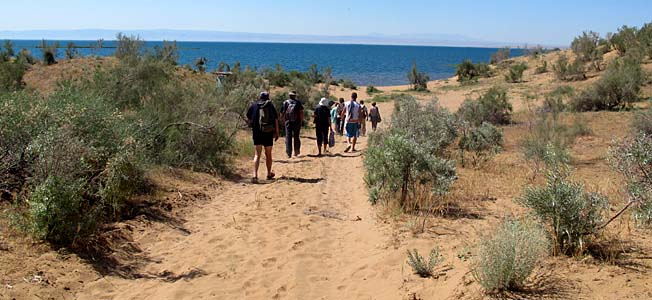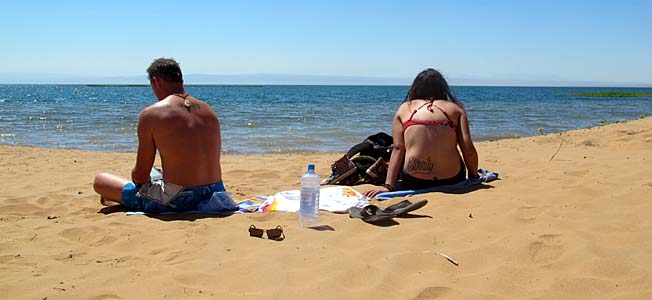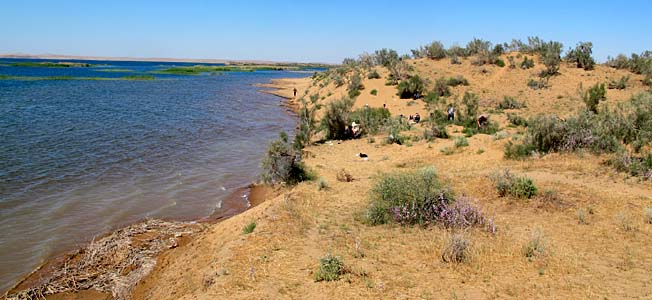Visa Issues, Sauna and Poker Night
This morning Emilie and I met with a lady from a local travel agency to sort out our visa issues. Before joining the trip Emilie didn’t have time to obtain the visas which are required for the travel between Istanbul and Beijing. So she flew into Istanbul a couple of days earlier and obtained most of her visas there. However, she still doesn’t have a Chinese visa and need to apply for it here in Bishkek since China will be the next country we are visiting. My visa issue is slightly different. I have a Kyrgyz visa which will expire on June 13th but we will leave the country on June 14th so it’s one day short. The reason why my visa is a day short is the itinerary of the trip has changed after I had already obtained my visa.
During the discussion with the lady it turned out my issue is pretty easy to solve. I only need to give her my passport and a photo and she will apply for the extension on my behalf. In a couple of days we will be back in Bishkek and I will get my passport back. In the meanwhile I will just carry a photocopy of my passport (picture page and Kyrgyz visa page) with me in case a police officer wants to check it. Emilie’s issue appeared more difficult. She will not be able to continue with us to our next destination the Chong Kemin Valley because she will need to submit her visa application in person. The issue is the Chinese embassy does only open on specific days of the week and today on a Thursday it’s closed. So the plan is Emilie submits her application tomorrow and then gets a local bus to catch up with us.
We checked out of the hotel at lunch time. Before actually heading off to the Chong Kemin Valley we went to a small supermarket to shop for food. They actually didn’t have much choice and in addition my fellow traveler Andrew had set himself the target to spend as less money as possible. His idea was to cook some spaghetti in a mustard tuna sauce because we carry some tined tuna with us in the truck. Since I don’t know how to prepare this strange sounding dish I asked him to take the lead in shopping all the required ingredients.
We also used our stop in the supermarket to stock up on some supplies which we might want to consume during the next two nights camping such as vodka and snacks. I bought some crisps with flavors we don’t have at home such as mushroom or caviar. While the caviar ones had some strange fishy smell and taste, the mushroom ones were actually quite nice. My fellow traveler Alistair bought himself a strange looking ice-cream consisting of two sticks with ice-cream on it.
The drive to the Chong Kemin Valley National Park took only a couple of hours. Chong Kemin lies within the Tian Shan Mountains separating Kazakhstan and Kyrgyzstan. Here we will spend the next two nights on a nice campsite with facilities. They even have a sauna here. So after I have pitched up my tent I went to hang out a bit in the heat. Unfortunately the sauna wasn’t too hot, maybe 60 degree or so, since it was only operated by a wood fire. What also differentiates people of different nations is what they wear in a sauna. While people of most nations seem to go in a wet swimsuit and sit on the pure wooden bench, we in Germany go completely naked and sit on a large towel not touching the wood at all. Actually, when you wear anything in a German sauna you will be pulled out by the staff because it’s considered unhygienic. So while I was enjoying my German type of sauna, Andrew joined me and I covered myself with parts of the towel to not offend him in his British type of sauna.
After dinner I called out a poker night. I was basically teaching all my fellow travelers how to play poker and afterwards we played a small tournament with nine players on the table. Everybody seemed to enjoy it, especially those who had vodka with it. We also combined our Texas Hold’em No Limit game with strip poker. When somebody was running out of chips he/she could remove a part of their clothing and everybody else needed to donate chips for that. All in all it was a really entertaining night…

